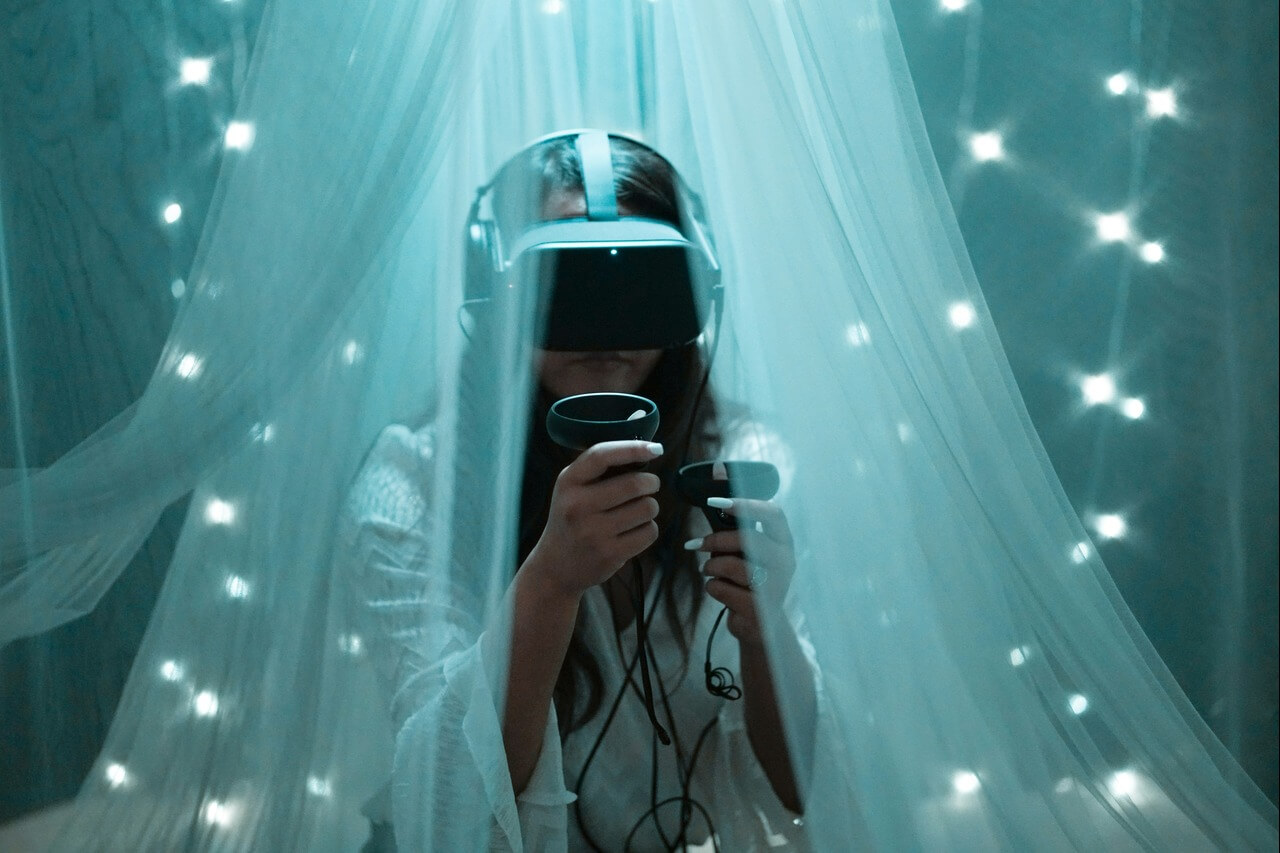Museums are still wondrous, educational places to go. However, quarantine, changing tourism patterns and digital transformation have inspired many of these historical buildings to change their scope. It is common now for them to offer online tours and resources for curious minds to explore without leaving the couch, but what about virtual reality? It’s time to go on a field trip to your new favorite virtual reality museum exhibits.
Why Are Museums Implementing Virtual Reality?
The point of going to a museum is to see art and history in person, right? Since Covid-19, museums had to get slightly more creative to stay afloat. Tourism hit an all-time low, and adapting to that climate during and after 2020 irreversibly changed how museums operate.
Every sector is feeling the pressure of leveraging virtual reality anyway for competitive advantage. Sectors that rely on donations or tourism are particularly vulnerable. You were falling behind if you did not have virtual reality tours or exhibits.
These should not be confused with simple, online tours — virtual reality tours are meant to be experienced with headsets. They offer more sensory experiences, making you feel like you’re there without the effort. Some are even available on Steam’s video game client, such as the Kremer Collection. Notably as the metaverse expands, VR museums will become an expectation.
Now, museums of all types are embracing the digital shift. It is reinvigorating museums that were seeing low profits even before the pandemic. Not everyone has access to the world’s most imaginative and insightful museums, so virtual reality is a no-brainer for increasing visitor numbers and revenue simultaneously, even if there are not as many physical people walking in the doors.
Museums are doing more than letting you walk the halls of their establishments. Some create immersive virtual reality experiences, allowing visitors to walk events of ages past. Whether you have a more complex VR setup or invested in an inexpensive Google Cardboard, here are the best tours you can experience at home, and
Remote Virtual Reality Museum Exhibits
If you don’t want to leave your house or travel countries away to view the world’s most prolific and inspiring museum exhibits, these are your next go-to virtual tours. Some include full VR while others offer a blend of digitized experiences.
1. The Louvre in France
The world’s most well-known art museum made it so you can get there without a plane ticket. It released its first virtual reality experience in 2019 — the “Mona Lisa: Beyond the Glass” exhibit is revolutionary. It will set the tone for future projects for the museum. The experience allows visitors to go behind the glass, literally.
A typically protected treasure of global art, viewers can get up close and personal with the Mona Lisa. It incorporates technology and science, allowing spectators to see what lies beneath layers and layers of paint in a space that keeps the original piece pristine and protected.
2. Google Arts and Culture
Though this isn’t a specific museum, Google has created an innovative resource for VR users. They have a collection of museums, including but not limited to:
- The MoMA in New York, USA
- Van Gogh Museum in Amsterdam, Netherlands
- The National Gallery in London, UK
- Museo Frida Kahlo in Mexico City, Mexico
- The Acropolis Museum in Athens, Greece
The offerings may change over time, but they have made virtual reality tours more accessible and inexpensive. They have countless recommendations. Whether you want to view art by color or culture, there is always something to dive into.
3. The Museum of Other Realities
This is an avant-garde recommendation because this museum doesn’t exist outside of VR. The Museum of Other Realities opened in 2020, and it is a curated museum but only in a virtual space. It describes itself as a social art showcase. The “game” encourages interactivity between museum visitors. The growing collection is stretching the minds of modern artists, making their art translatable to digital spaces.
In-Person Virtual Reality Museum Exhibits
You could visit a museum, and they have a virtual reality exhibit as part of their collection. What does that look like?
1. Banská Štiavnica in Slovakia
This museum partnered with Onix to execute a case study on museum VR implementation. One of their experiences, Journey Through Time, allows you to walk the streets of the 18th century. People can interact with the environment, seeing how this mining town operated and flooded.
2. The Cleveland Museum of Natural History & Science in Cleveland, OH
Say hello to Birdly, a unique VR setup that makes you feel like you are flying. It engages even more senses than simple VR machines with guests walking around. The virtual reality experiences take visitors among butterflies. They have also done exhibits where you can fly among the dinosaurs.
3. The Victor & Albert Museum in London, UK
The V&A succeeded in its first VR experience called “Curious Alice.” It explored Lewis Carroll’s timeless classic during their Alice: Curiouser and Curiouser exhibition. It invited visitors to interact with the book by diving deep into Wonderland. It was so successful that the museum also offered the experience for people at home.
They also did an exhibition entitled “Hope,” which exhibited optimistic, sustainable art pieces to inspire positive change. The museum does not seem like it will stop creating innovative exhibits.
Becoming One With the Museum Exhibit
Online museum exhibits are becoming commonplace, but virtual reality museum exhibits are more memorable. They are rare now, but the more museums catch onto their benefits and immersive nature, the more they can educate people and experience humanity in a more immersive, sensory way.
The main reason museums should embrace VR is to see how it changes people’s sensibilities and mentalities about supporting arts worldwide. Feeling the stories more personally might shift the world on its axis for how people perceive and appreciate art. Instead of viewing a painting, now people can hear the artist talk about it and travel deep inside its painted layers.
Recent Stories
Follow Us On
Get the latest tech stories and news in seconds!
Sign up for our newsletter below to receive updates about technology trends




